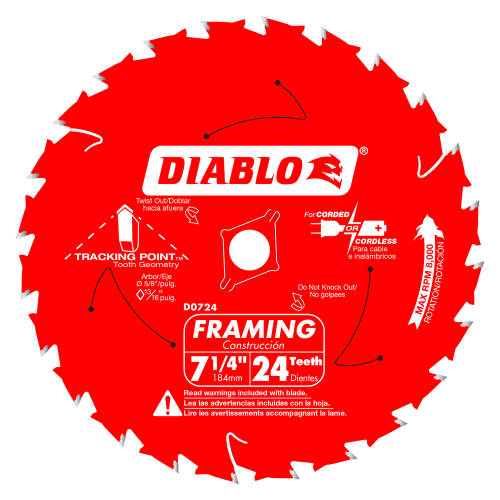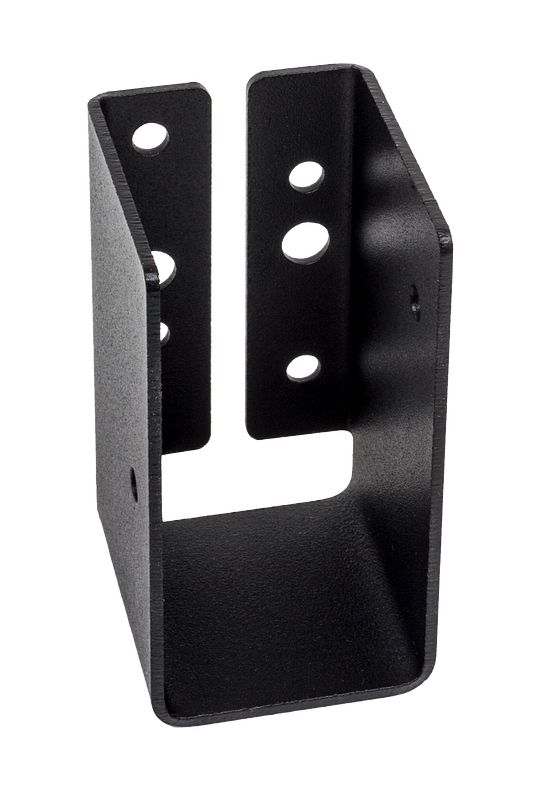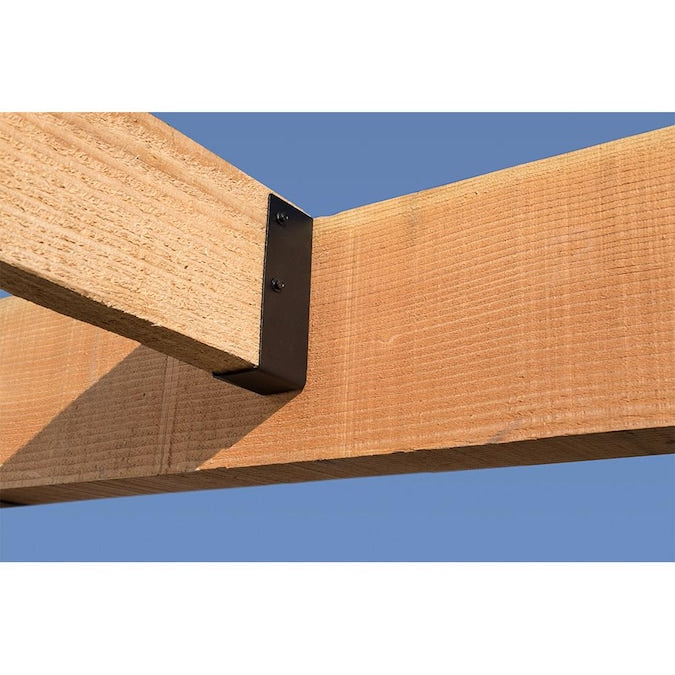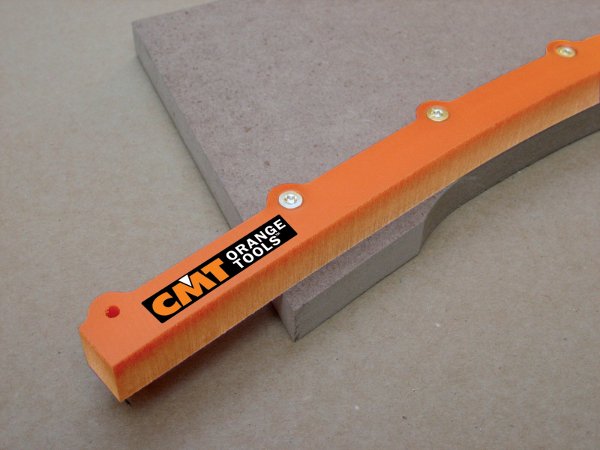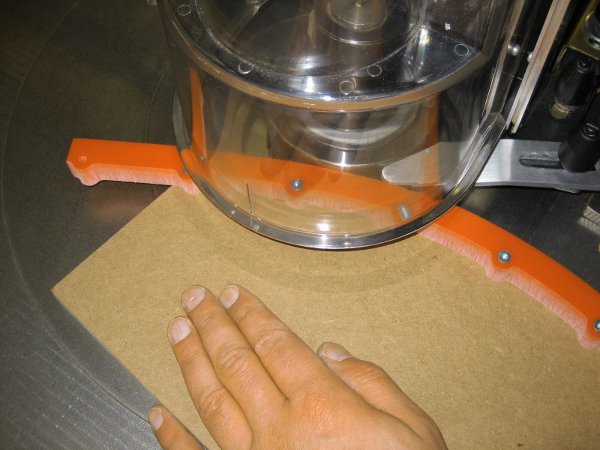Installing roof trusses is a critical phase in the construction of any building. Whether you're building a new home, an extension, or a commercial structure, the proper installation of roof trusses is essential to ensure a durable and safe roof that can withstand the test of time and the elements. A roof truss is a structural framework designed to support the roof's weight and distribute it evenly to the walls of the structure. To achieve a successful truss installation, it's crucial to follow a well-defined process. In this article, we'll outline five essential steps to ensure a proper roof truss installation.
Detailed Planning and Design
The foundation of a successful roof truss installation lies in careful planning and precise design. Before you start the installation process, ensure that you have accurate measurements, structural plans, and engineering calculations at hand. These documents will guide you in selecting the appropriate truss type, size, and spacing for your specific project. Remember, each building may have unique requirements based on factors such as the roof load, span, and architectural design. Engaging a qualified structural engineer or architect can help ensure that the design meets safety standards and local building codes.
Quality Materials Selection
Choosing high-quality materials for your roof trusses is vital for their long-term performance. The truss components, including the lumber, metal connectors, and fasteners, must meet industry standards and be suitable for the environmental conditions of the construction site. Using subpar materials can compromise the stability of the entire roof structure. Inspect all materials for defects before installation and opt for treated lumber if your project is located in an area prone to moisture or pests.
Safe Handling and Installation
Safety should be a top priority during roof truss installation. Ensure that your construction team is well-trained in proper lifting and handling techniques, as mishandling truss components can result in injury or damage. When installing trusses, follow the manufacturer's guidelines and recommendations meticulously. Begin by erecting the end trusses and then work your way towards the center, ensuring that each truss is properly aligned, spaced, and braced. Proper bracing is essential to maintain the stability of the truss system during installation and before the roof sheathing is added.
Precise Alignment and Adjustment
Achieving accurate alignment and adjustments during truss installation is crucial for the overall integrity of the roof structure. Use laser levels and other precise measuring tools to ensure that the trusses are aligned both vertically and horizontally. Check for any discrepancies in alignment as even minor deviations can affect the load distribution and the final appearance of the roof. If adjustments are needed, make them before securing the trusses in place. Regular inspections throughout the installation process will help identify and address any issues promptly.
Collaboration and Inspection
A successful roof truss installation requires effective collaboration between various stakeholders. Regular communication between the construction team, project managers, engineers, and inspectors is essential to ensure that the installation process proceeds according to plan. Before proceeding to the next construction phase, schedule a thorough inspection of the installed trusses. This inspection should encompass both visual checks and load testing to confirm that the trusses are securely in place and capable of supporting the roof load.
Proper roof truss installation is a critical factor in creating a stable and long-lasting roof for any building. By following these five essential steps - detailed planning and design, quality materials selection, safe handling and installation, precise alignment and adjustment, and collaboration and inspection - you can ensure a successful truss installation process. Remember, a well-installed roof truss system not only provides structural stability but also contributes to the overall safety and aesthetics of the building. If you're uncertain about any aspect of truss installation, it's always advisable to seek guidance from experienced professionals in the field.


